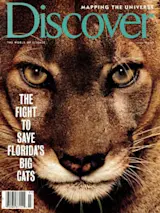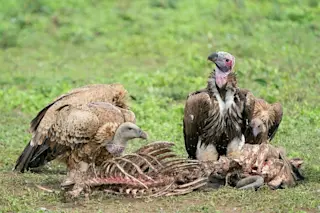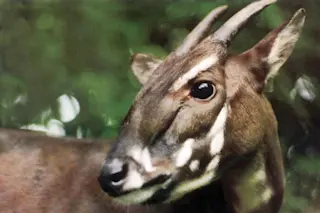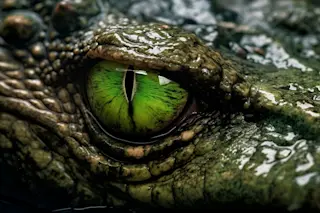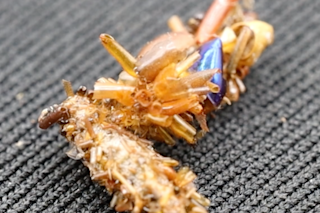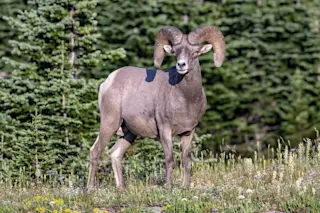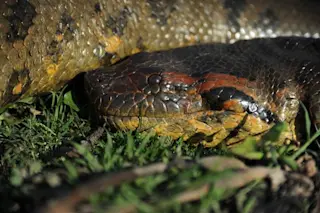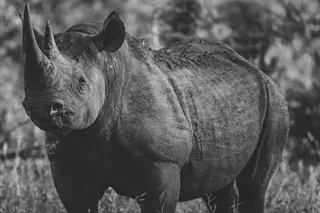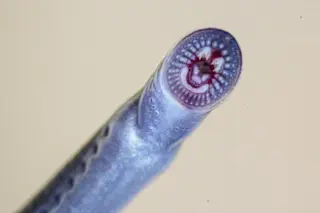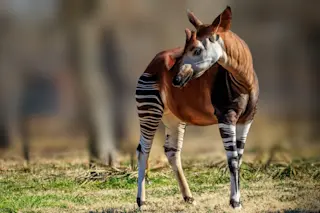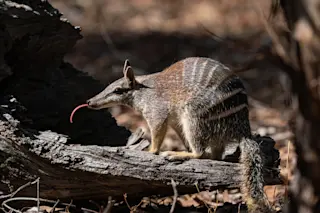Just after daybreak, mist blankets the cypress swamps. Out there, somewhere in the stillness, is the panther. He might be resting after the night’s kill, or he might be empty-bellied and hungry--but he’s there, one of maybe 50 panthers left in the dwindling wilderness of southern Florida. They are the last of their kind, the only great cats remaining east of the Mississippi. And despite the best human intentions, the animals may be doomed.
"Wait! Wait! Wait!" shrieks Melody Roelke from a swamp buggy lumbering down the muddy track that cuts across this northern corner of Big Cypress National Preserve. She is shouting at David Maehr, the buggy’s driver, to pull up. The brakes aren’t working, he shrugs. He downshifts the monster three-quarter-ton buggy to a halt.
Roelke is already over the side, crouching over some animal tracks by the road. They look pretty fresh, she tells Maehr.
Probably the ...


